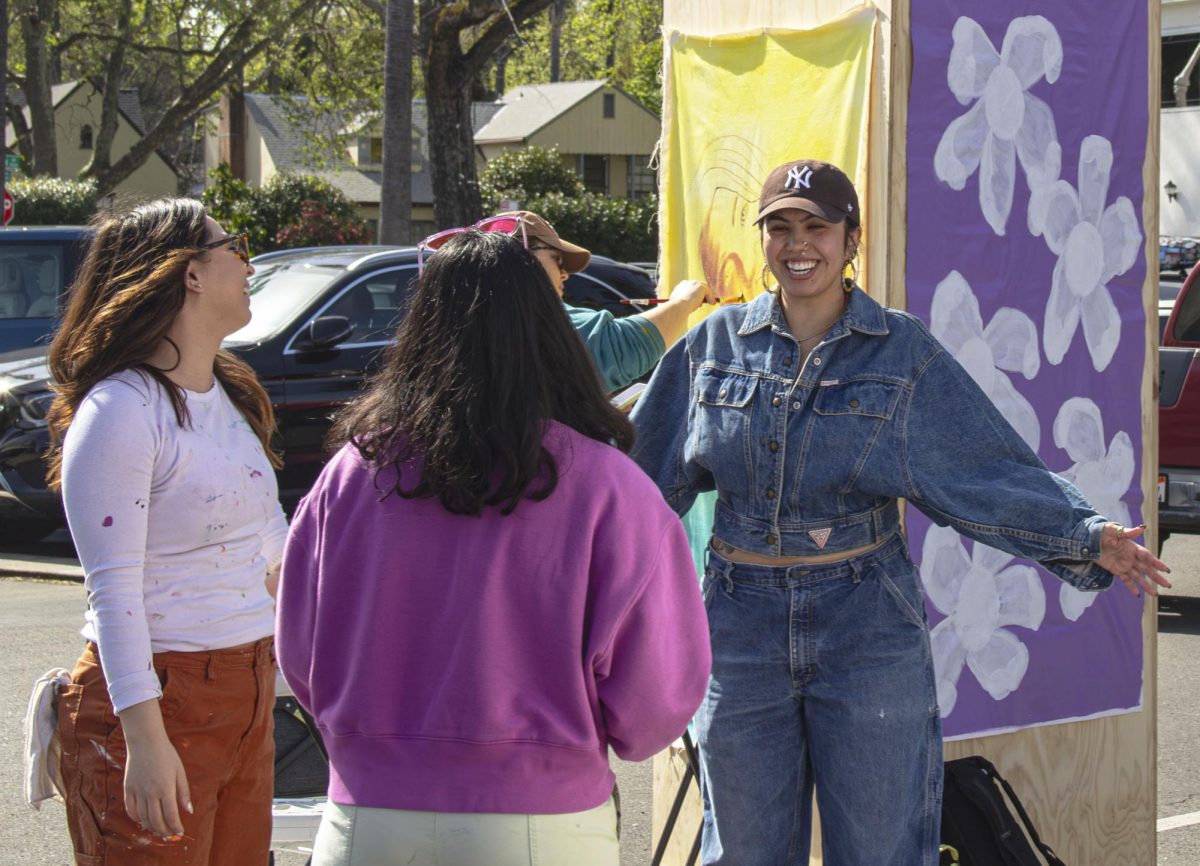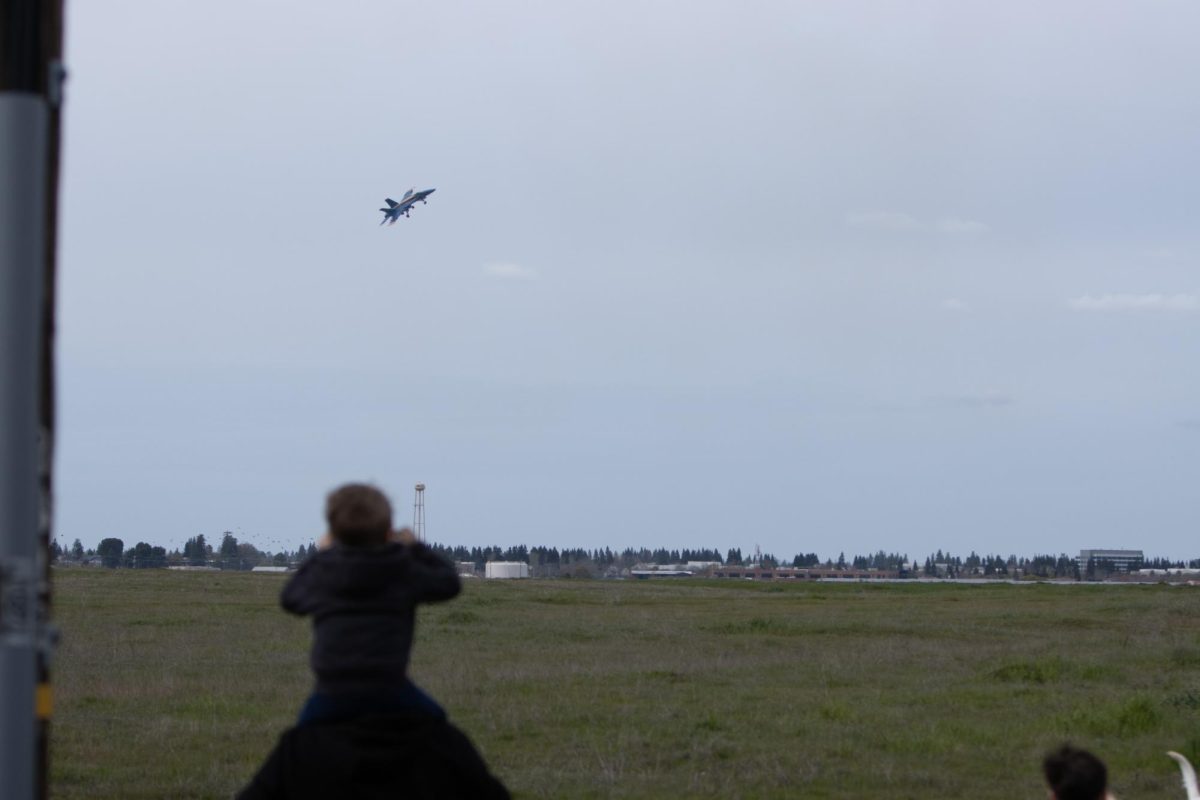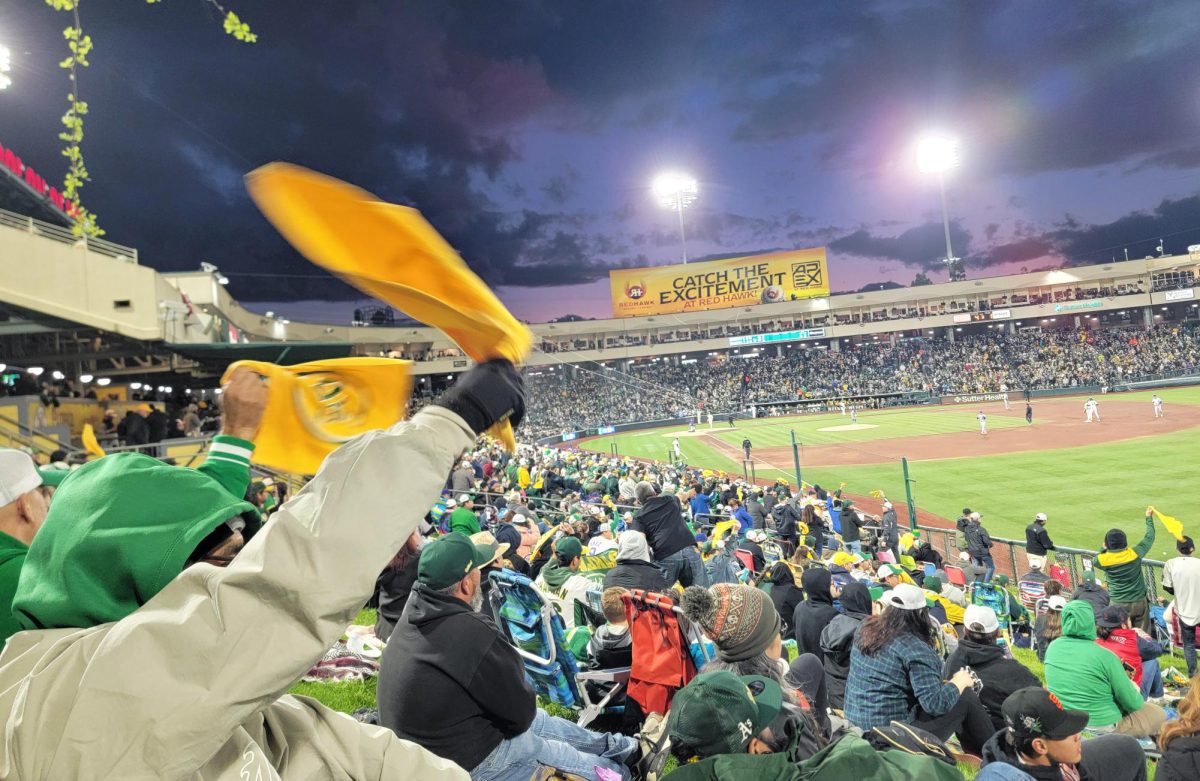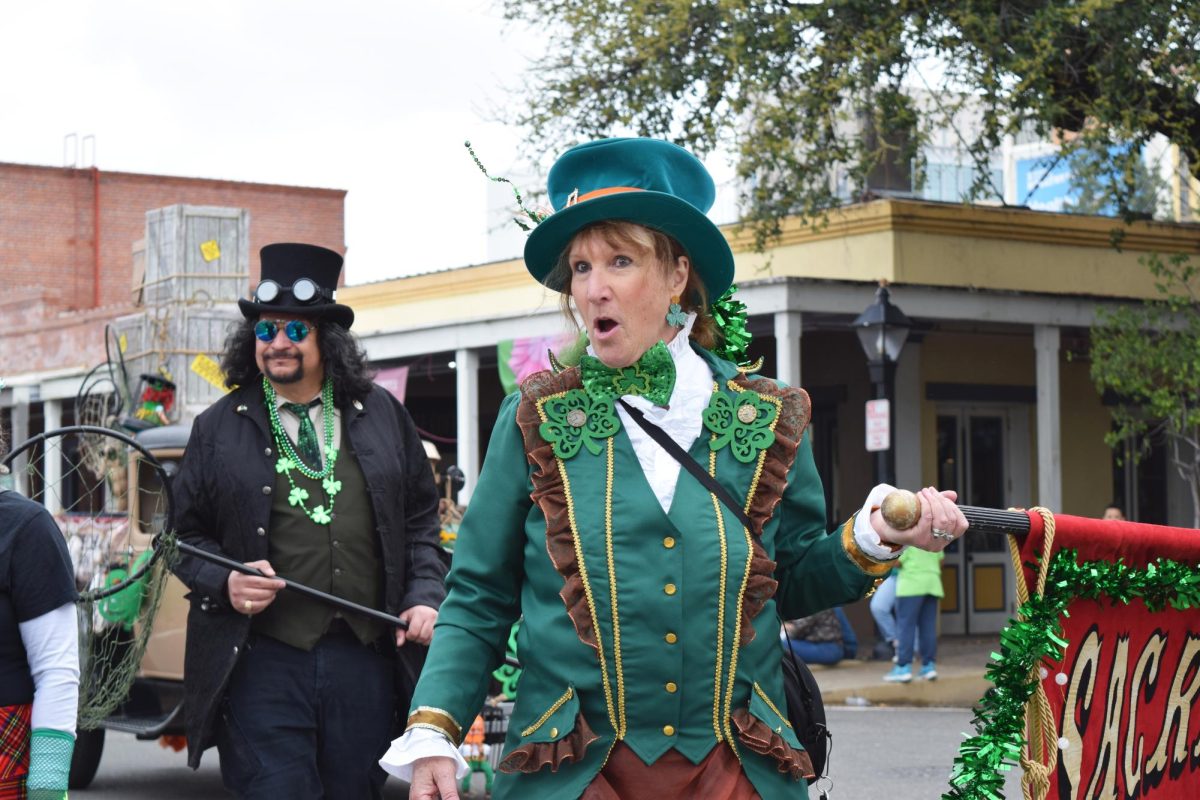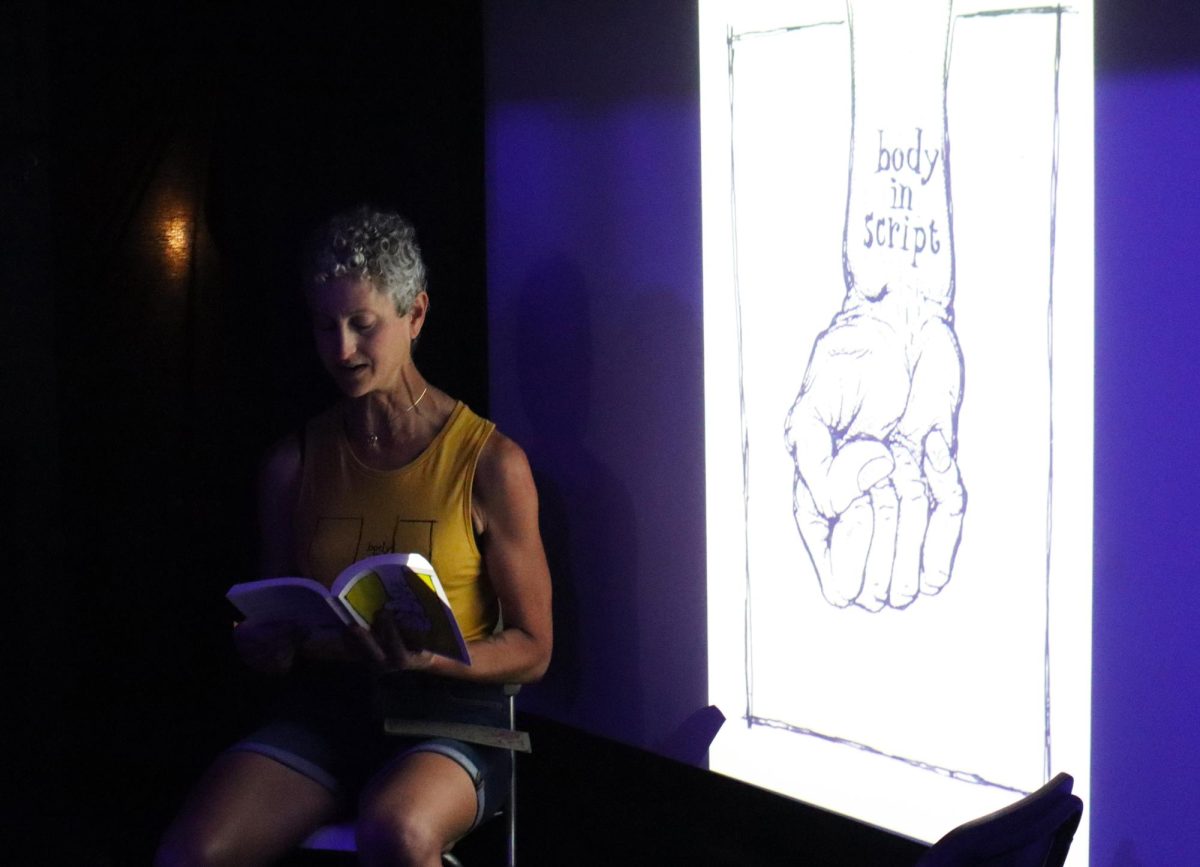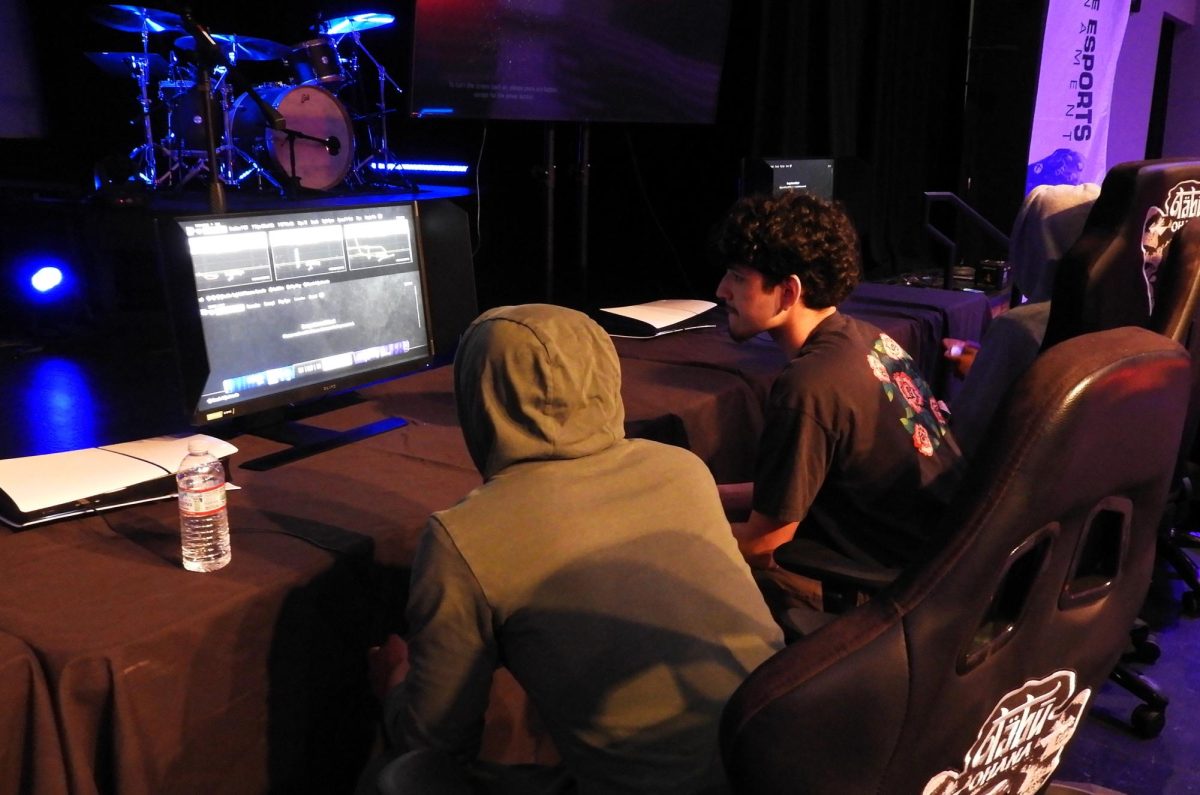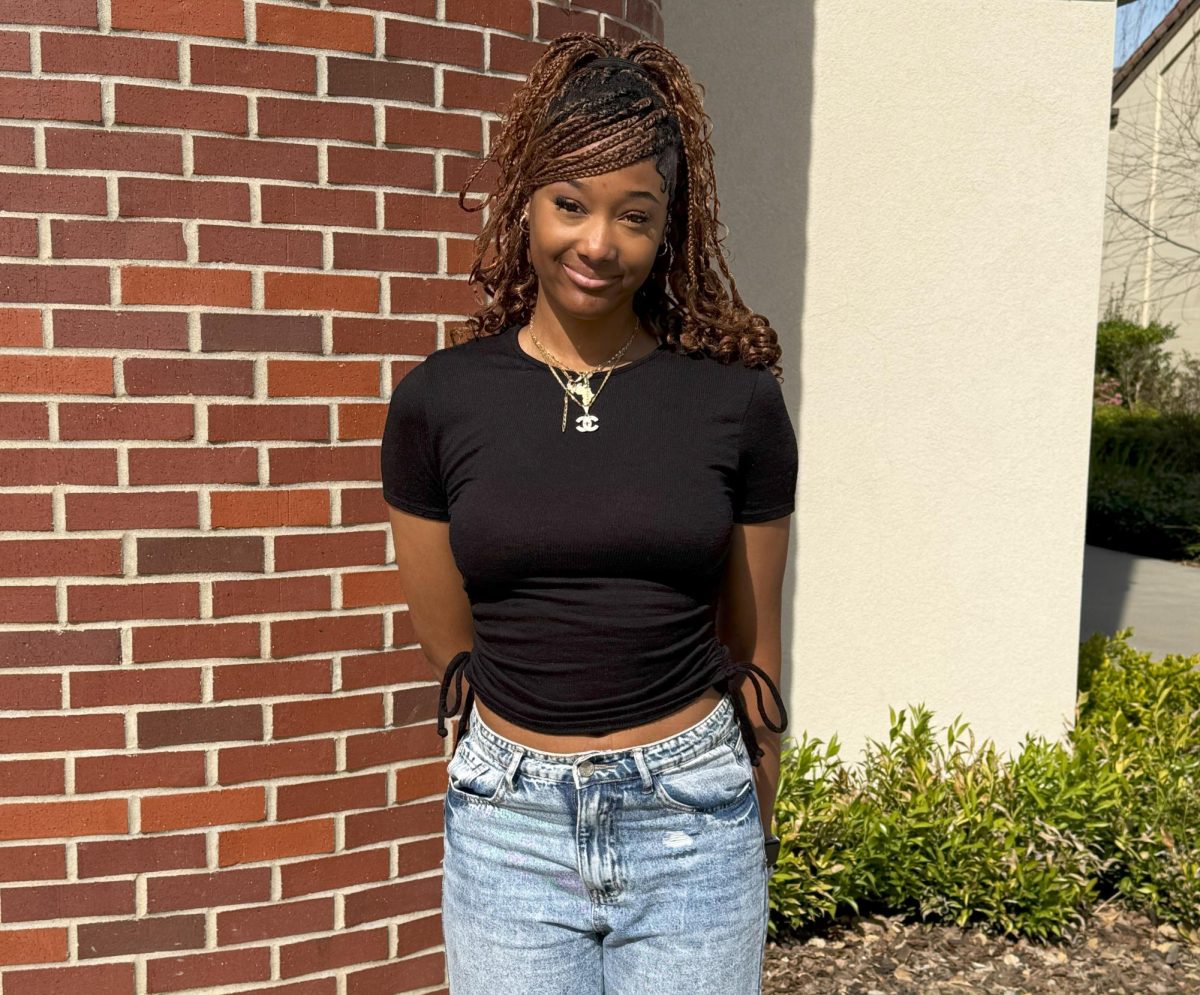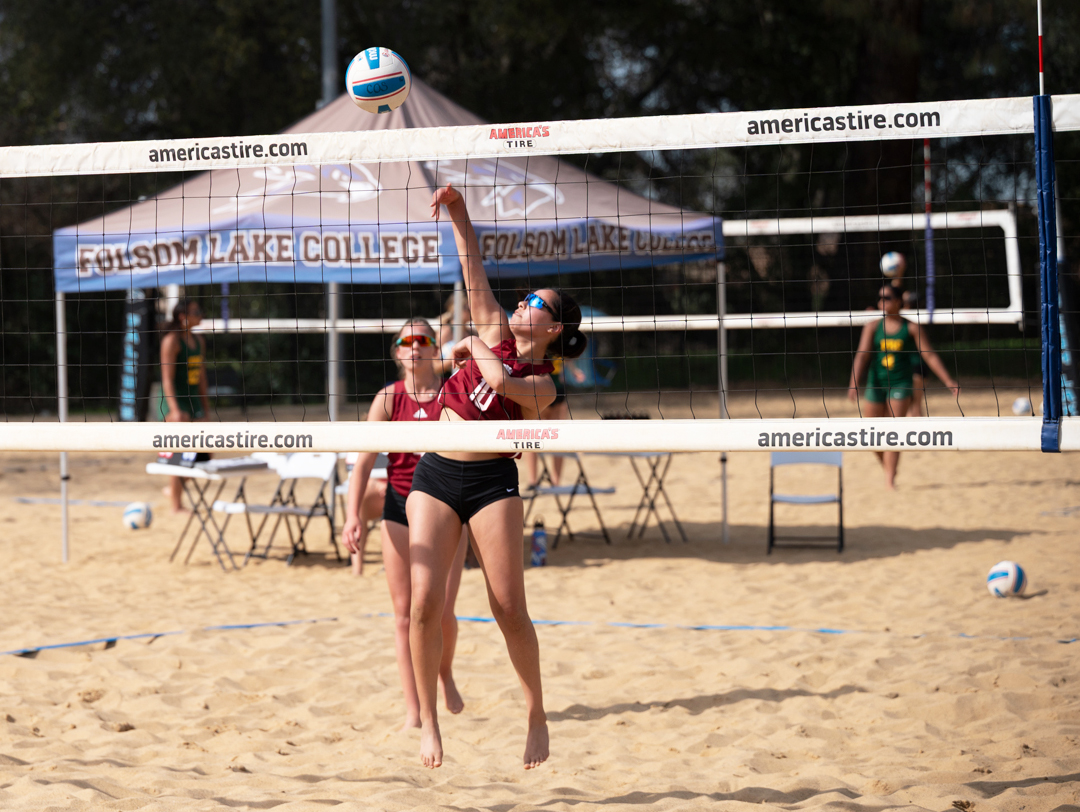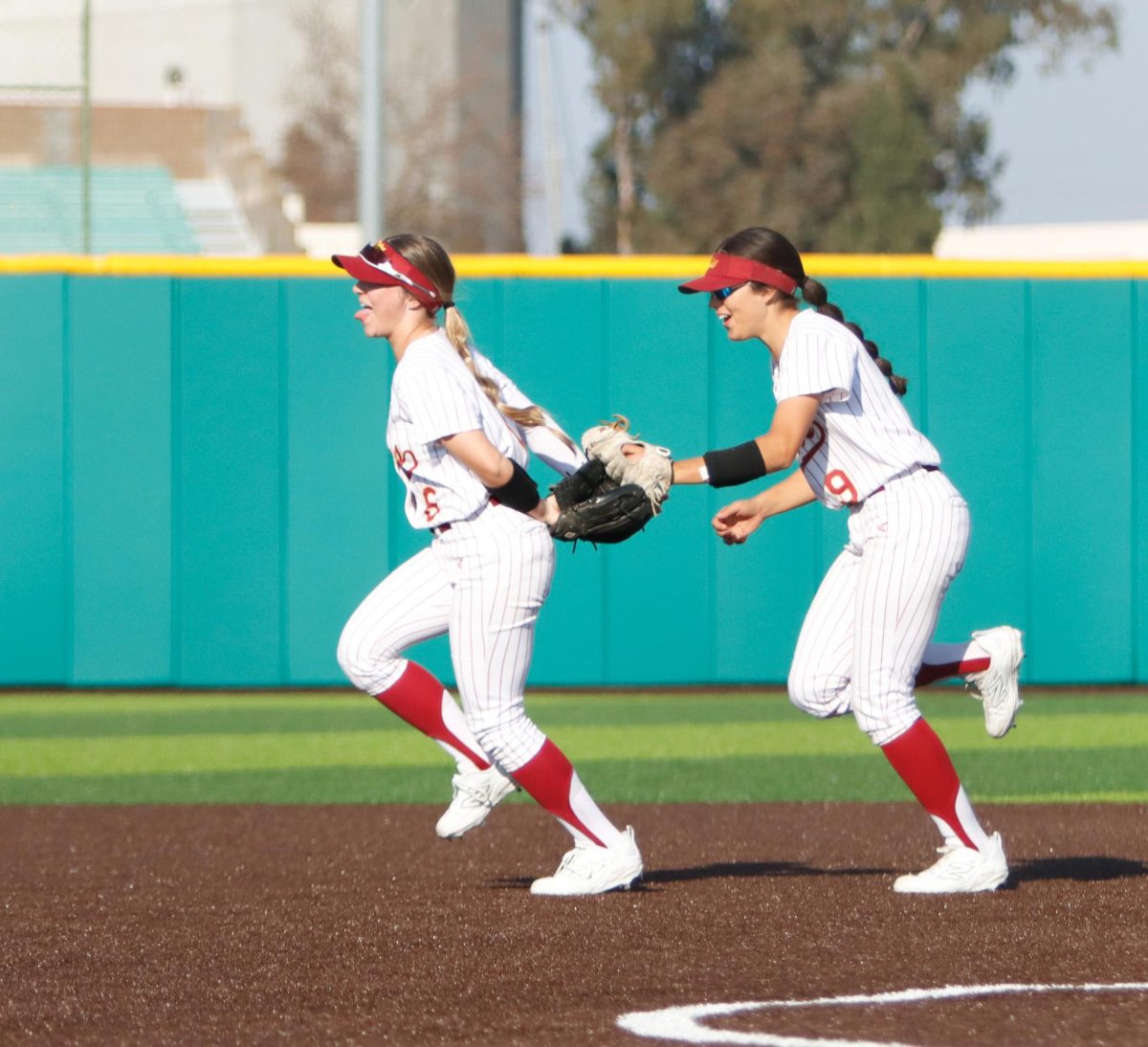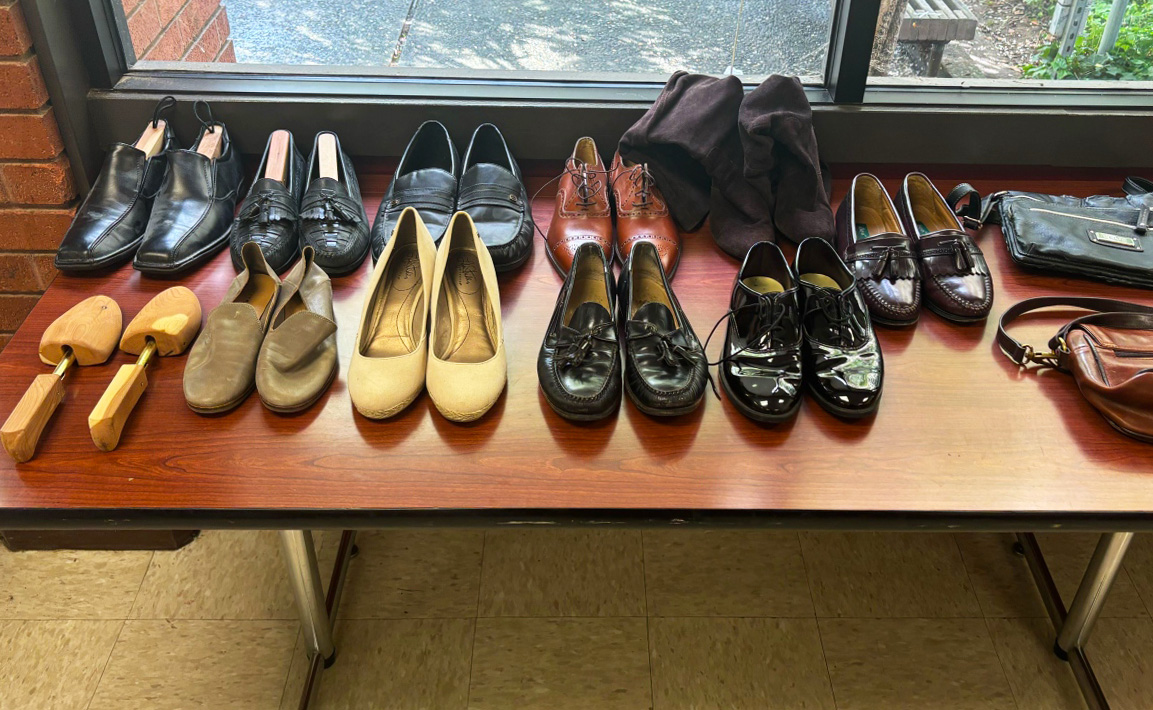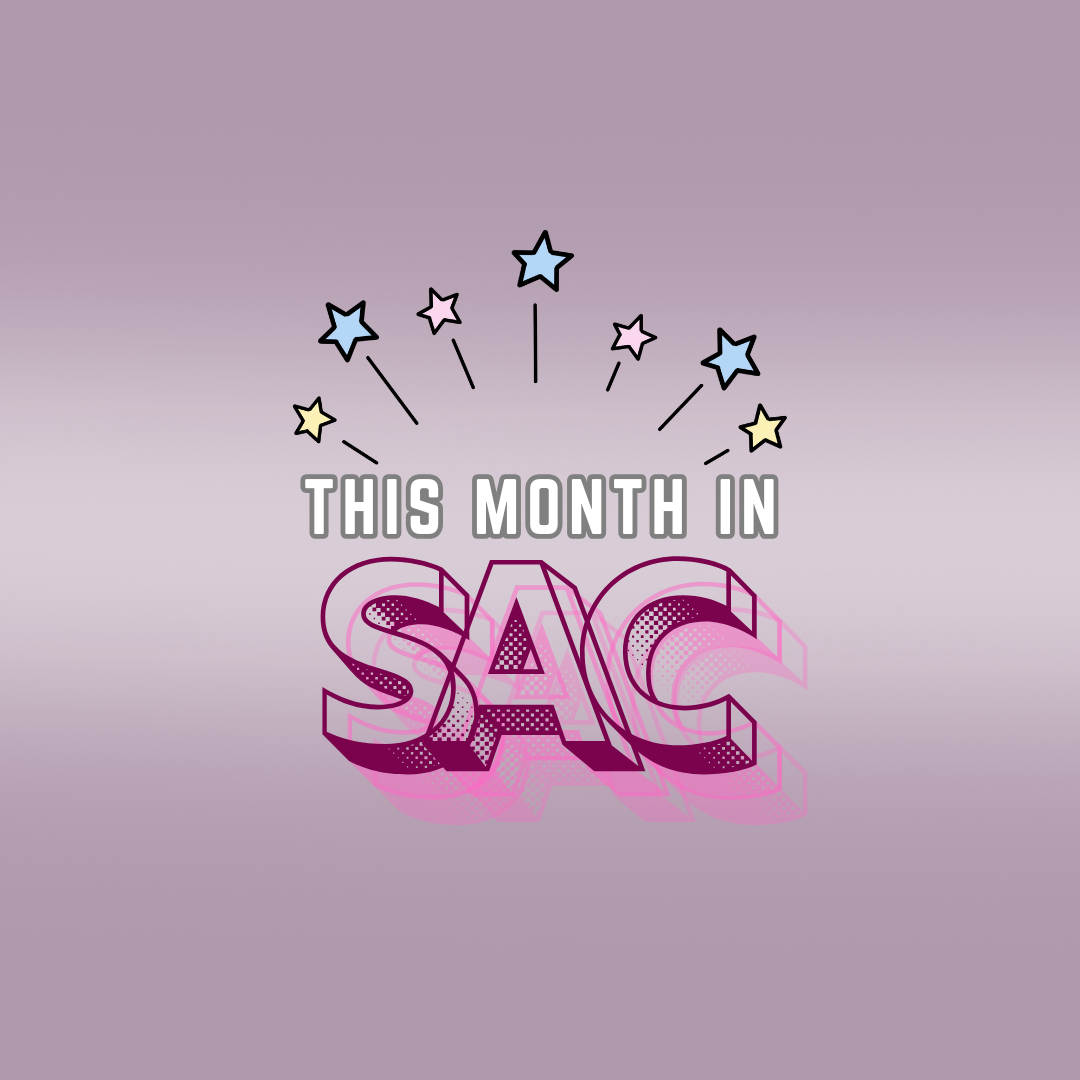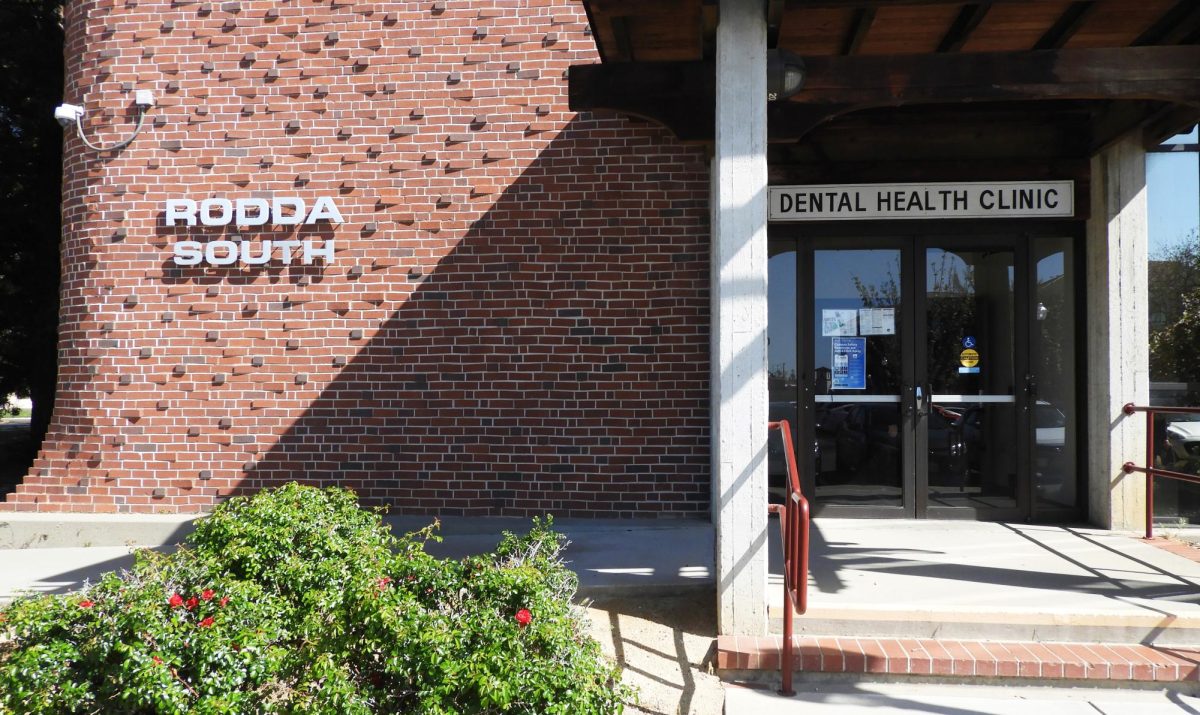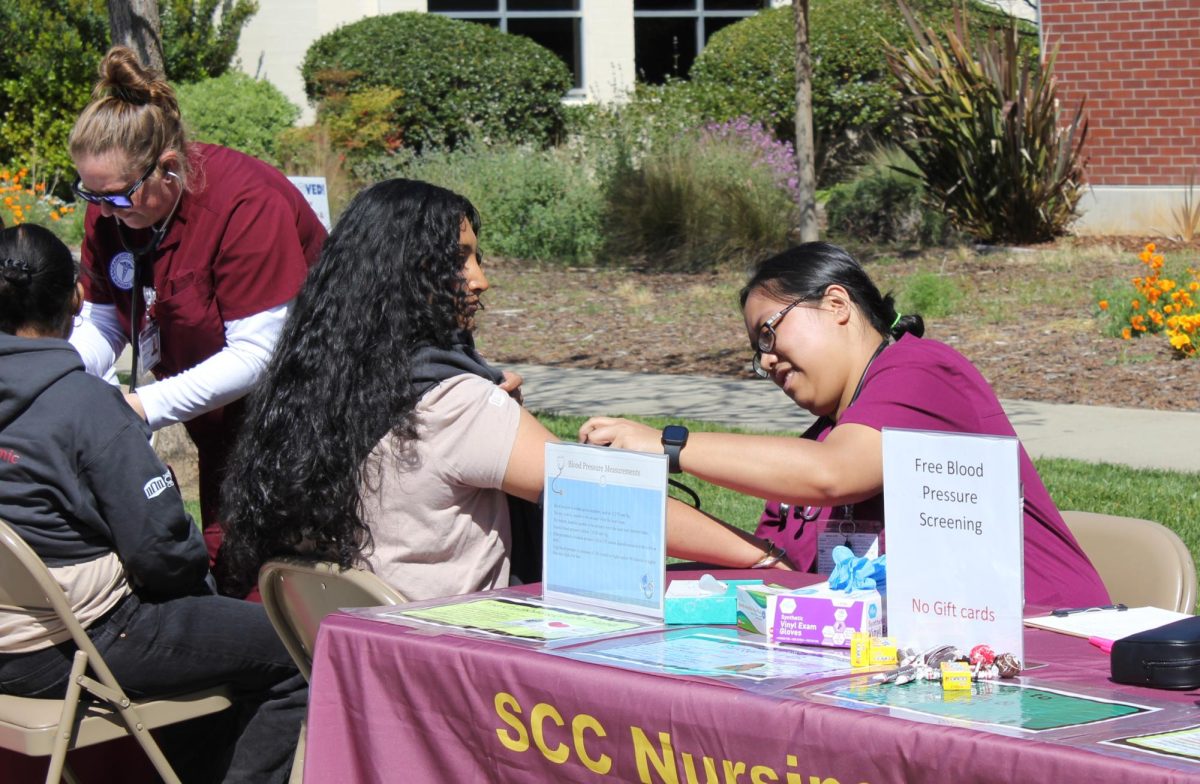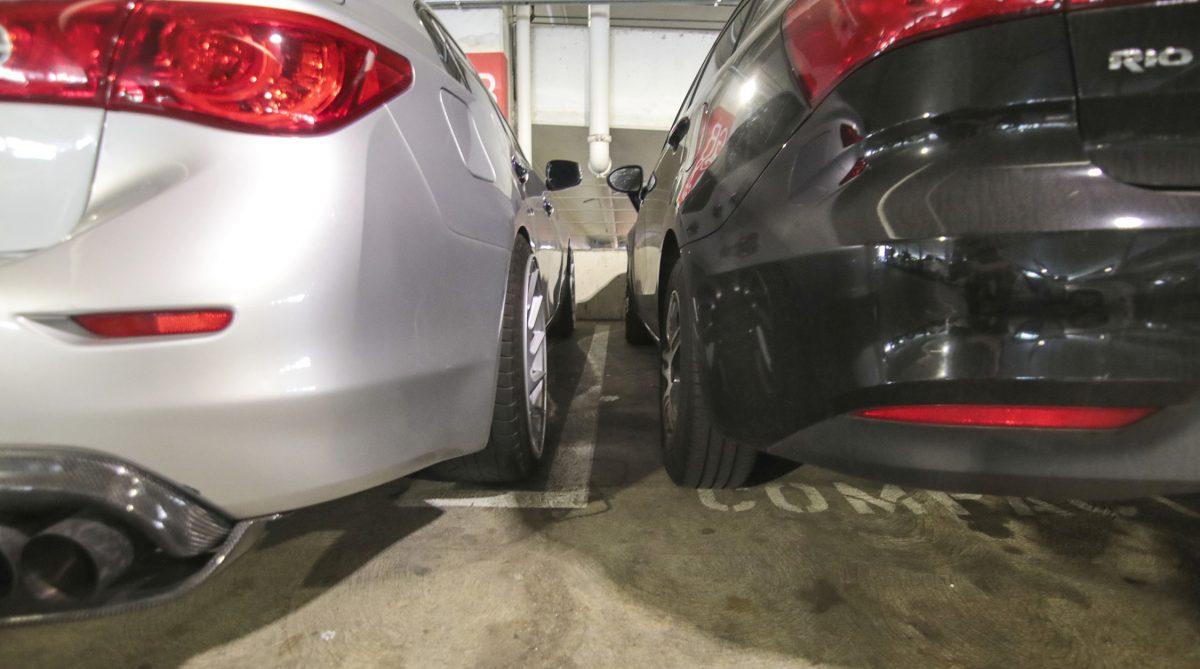Captain John McPeek of the Los Rios Police Department has a front-row seat for the congestion that happens outside of the parking structure every day. The department building is sandwiched between the first-floor parking and the city water tower, and it’s built so that the façade directly faces one of the most overflowing areas of the campus.
“You have a lot of foot traffic that we have to deal with,” McPeek said. “Because there is no traffic light, you have to have some sort of physical presence there, or you’ll always have back ups. We try to have our campus patrol out there on an hourly basis, you know, to try to help mitigate some of that parking issue, but I don’t have the staffing to do it every minute of the day.”
McPeek doesn’t have high hopes for a traffic light to be installed at the intersection any time soon. Discussions to make a traffic light a reality have been taking place behind the scenes since before McPeek came to the City College campus. While there is no definitive answer on whether or not it will become a reality, McPeek is confident that there are other avenues, like restriping the parking structure, that could provide students, faculty and staff with some relief as soon as the fall 2020 semester.
“When they built the parking structure, they tried to squeeze as many parking spaces as they could,” said McPeek. “But stalls are so compact that it makes it almost impossible to park correctly.”
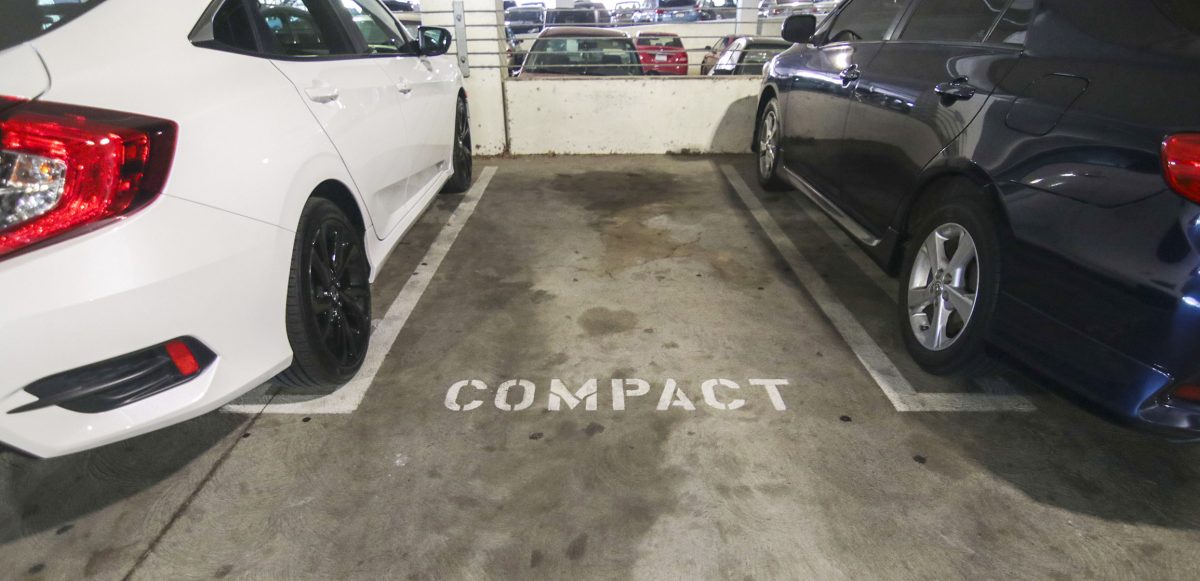
The can-of-sardines atmosphere of the structure not only makes it so that complete utilization of the available space is extremely difficult, but also that the cramped spaces also pose a risk to commuters. Parking spaces often become inaccessible when vehicles don’t fit into the adjacent stalls or are parked incorrectly, and McPeek said he’s concerned about something else:: Between 2017 and 2019, over 60% of hit and runs reported on campus were in the parking structure.
“Students trying to leave or are trying to park their car are scratching each other’s car,” McPeek said. “They’re not here to have to worry about that.”
The parking structure, according to McPeek, was a solution to a multifaceted problem; before its construction in 2007, students parked in William Land Park, which was disrupting the school’s relationship with its neighbors while also limiting protections that the LRPD could provide to students’ property. Adding more parking on-campus not only helped to reduce instances of vehicle break-ins, but it also had a positive effect on the surrounding community.
The main campus’s age and landlocked location makes renovating and upgrading the campus a unique challenge for Margaret Lednicky, the director of administrative services. She oversees many of the invisible services that students and faculty depend on, like the campus’s custodial services and in-house maintenance, but she is also responsible for facility renovations. Major projects, like redesigning the parking structure, require extensive studies.
“We’re an old campus,” Lednicky said as City College nears its 100th year at Sutterville and Freeport, taking up residence in 1926. “Improvements are hard.”
Lednicky, who has a bachelor’s degree in architecture, said that campus projects require thorough studies to determine both viability and how they will impact campus life. When deciding to turn the F Lot staff parking lot into a construction area for the next several years during the construction of both Mohr Hall and Lillard Hall, she acknowledged that planners weighed the potential for an increase in traffic congestion across campus.
“We study all this stuff, and everything has been looked at,” she said after citing a feasibility study.
Lednicky said that there were some immediate changes, like a modified shuttle schedule, that were put into effect in order to offset potential parking and traffic issues. But McPeek said that there is only so much that can be done without having to tackle the larger, more complex issue of the parking structure’s design.
“Once you get inside the parking structure, things back up because of the way it’s just set up,” McPeek said. “That’s something we’re still looking at—to try to develop a better way to help reduce the overflow traffic, because that’s what truly impacts that intersection.”
McPeek and Lednicky both emphasized that there are a lot of moving pieces that go on behind the scenes of large decisions like constructing a new building or changing the flow of traffic. Undertakings of such a magnitude need to have a net-positive for all parties to justify the expenditure, the manpower and also how the transitional process will impact students, staff and faculty.
McPeek believes that restriping the parking structure is a small change with a low impact on campus life that will yield positive results. It is very possible making the spaces in the structure wider will likely lead to higher utilization of the spaces, higher accessibility and, he said, fewer instances of damaged property.
According to McPeek, restriping and widening the parking spaces may begin as soon as the end of the spring semester so that it can be completed before the beginning of classes in the fall.


